Creating sacred spaces: Landscape Feng Shui
Submitted by Noor Bunnik on Thu, 09/05/2019 - 11:52
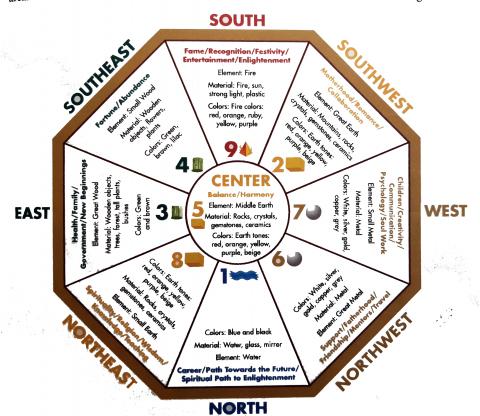
Feng Shui
Many people will be familiar with the concept of Feng Shui. While I knew of its existence, I only started exploring the possibilities and uses of Feng Shui in May 2018, so after I had realised the potential of using the Celtic knot patterns of the Chi Gates in Garden design.
Feng Shui is the ancient science of working with the natural flow of life forces, or Chi, in the landscape and home. Chi coming in from different directions has different qualities. To make the best use of the Chi, it is wise to arrange your home and garden so that the energy coming in is activated and enhanced.
Once we add the element of working with Chi through creating our Gardens as a sacred well of this energy as I described, it stands to reason to expand this to working with Feng Shui.
The online course[1] I used to learn about Feng Shui starts by setting out the basic rules of Feng Shui, based around the compass directions in Landscape Feng Shui and then adds the extra dimensions of Personal Feng Shui and Time Feng Shui. In this article I will explain the main points of Landscape Feng Shui and how to apply it in the Gardens. In the next article we will look at some of the extra considerations concerning Time Feng Shui. I will leave out Personal Feng Shui, as this doesn’t apply to landscape and home design and is more a matter of placements and directions of furnishings and decorations in the home.
Landscape Feng Shui
Each of the compass directions, plus the Centre of a space, have different qualities.
Lets explore each of the directions with their main qualities.
- Number one is the North
- North stands for the Water element
- The season is winter

- The animal ‘Black tortoise’ is associated with this direction
- Represents career; path to the future; spiritual path
- Shape: wavy, asymmetric
- Materials: water; glass; mirror
- Colours: blue and black
- Is enhanced by Metal
- Weakened by Wood
- Destroyed by Earth
- Degrees of the compass: 337.5 to 22.5
- Number two is the South West
- South west has the element Great Earth
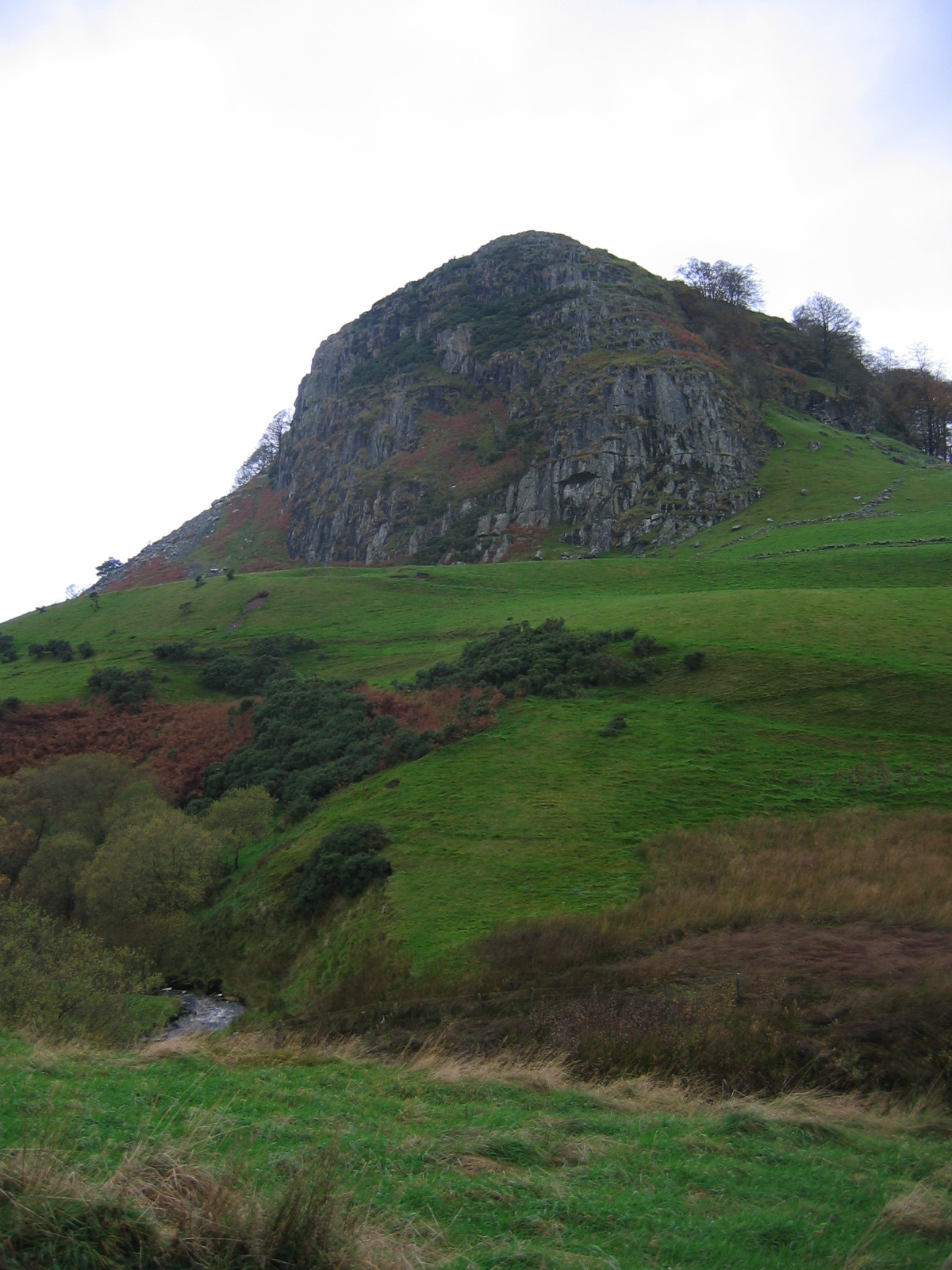
- Season: Indian Summer
- Represents: Motherhood; romance; collaboration
- Shape: square; boxed
- Materials: Rocks; crystals; mountains and hills; ceramics; soil
- Colours: Earth tones = soft yellow; gentle orange; beige; soft pink; brown; gentle red; soft purple
- Enhanced by Fire
- Weakened by Metal
- Destroyed by Wood
- Degrees of the compass: 202.5 to 247.5
- South west has the element Great Earth
- Number tree represents the East
- East has the element Great Wood
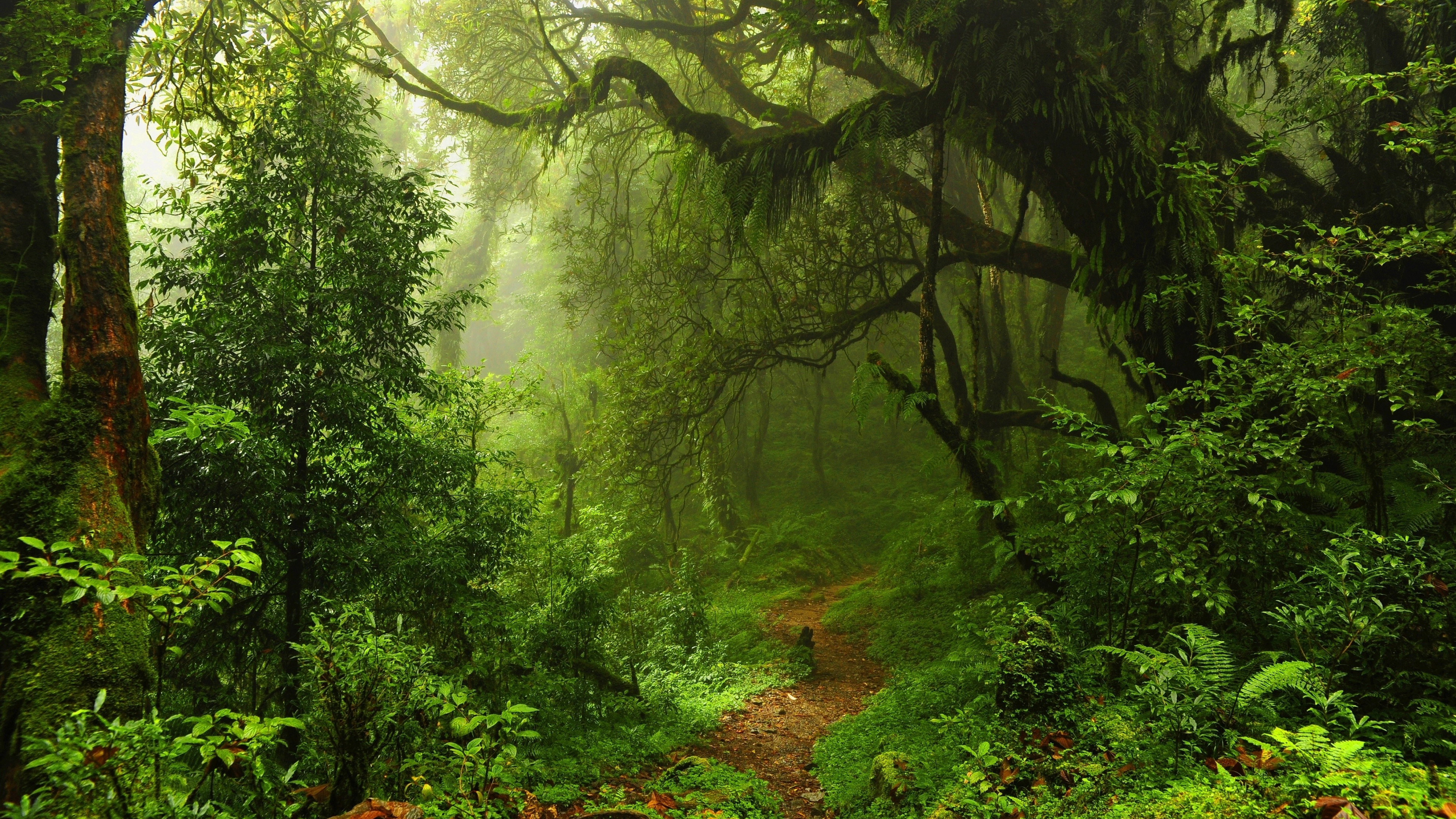
- Season: Spring
- The green or azure dragon is associated with this direction
- Represents: Health; family; new beginnings; government
- Shape: tall and slender; cylinder; stripes
- Materials: Wooden objects; trees; forest; tall plants; shrubs
- Colours: Green and brown
- Enhanced by Water
- Weakened by Fire
- Destroyed by Metal
- Degrees of the compass: 67.5 to 112.5
- East has the element Great Wood
- Number four represents the South East

- South East has the element Small Wood
- Represents: fortune and abundance
- Shape: tall and slender; cylinder; stripes
- Materials: Wooden objects; plants; flowers
- Colours: Green, brown and lilac
- Enhanced by Water
- Weakened by Fire
- Destroyed by Metal
- Degrees of the compass: 112.5 to 157.5
- Number five is the Centre
- The Centre has the element Middle Earth
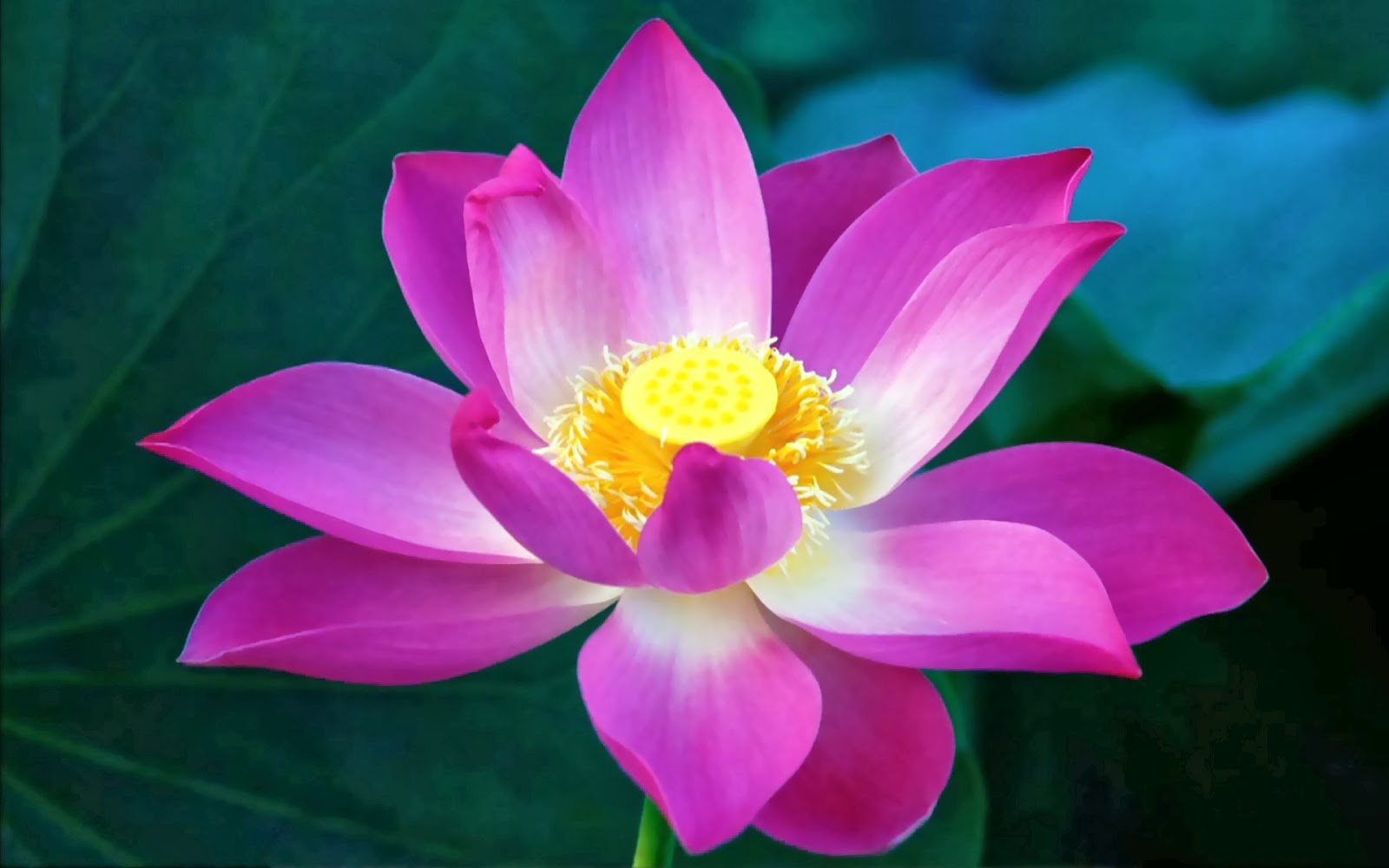
- Symbol: A globe or a lotus
- Represents: Balance and harmony
- Shape: square; boxed
- Materials: Rocks; crystals; ceramics; soil
- Colours: Earth tones = soft yellow; gentle orange; beige; soft pink; brown; gentle red; soft purple
- Enhanced by Fire
- Weakened by Metal
- Destroyed by Wood
- The Centre has the element Middle Earth
- Number six represents the North West
- North West has the element Great Metal
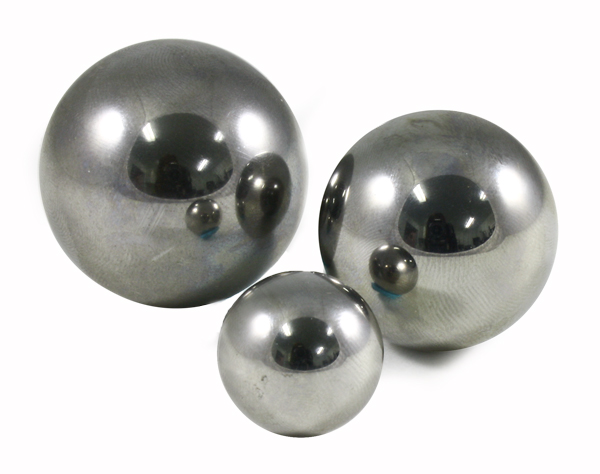
- Represents: support; fatherhood; friendship; mentorship; travel
- Shape: round; oval
- Materials: metal: silver; bronze; iron; gold; brass etc
- Colours: White; grey; silver; gold; copper
- Enhanced by Earth
- Weakened by Water
- Destroyed by Fire
- Degrees of the compass: 292.5 to 337.5
- North West has the element Great Metal
- Number seven represents the West
- West has the element Small Metal
- Season is Autumn
- The West is associated with the (sleeping) Tiger
- Represents: children; creativity; communication; psychology; soul work
- Shape: round; oval
- Materials: metal: silver; bronze; iron; gold; brass etc
- Colours: White; grey; silver; gold; copper
- Enhanced by Earth
- Weakened by Water
- Destroyed by Fire
- Degrees of the compass: 247.4 to 292.5

- Number eight is the North East
- North East has the element Small Earth
- Represents: Spirituality; knowledge; empowerment; wisdom; teaching; religion
- Shape: square; boxed
- Materials: Rocks; crystals; ceramics; soil
- Colours: Earth tones = soft yellow; gentle orange; beige; soft pink; brown; gentle red; soft purple
- Enhanced by Fire
- Weakened by Metal
- Destroyed by Wood
- Degrees of the compass: 22.5 to 67.5
- Number nine represents the South
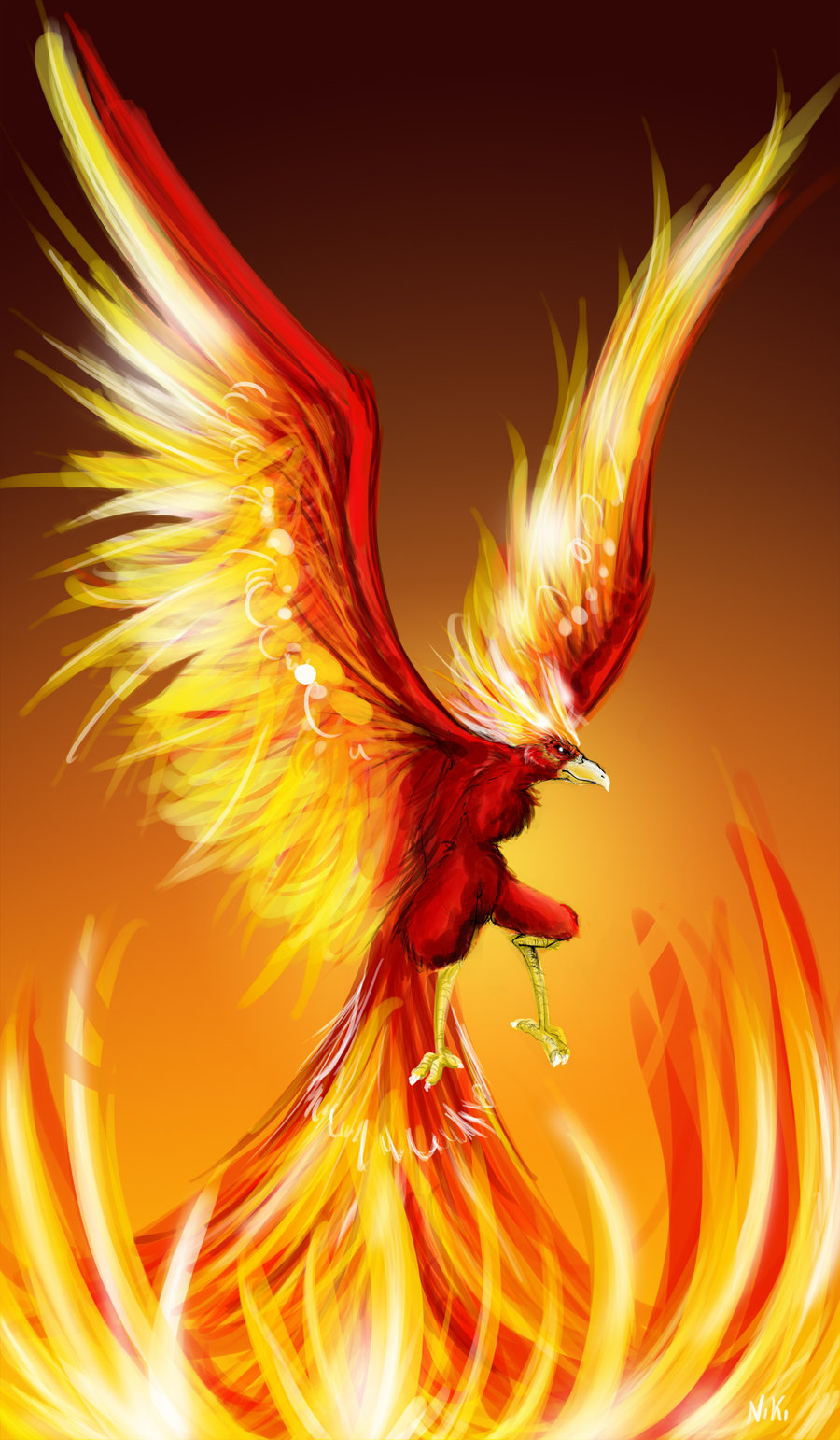
- South has the element Fire
- The season is Summer
- The South is associated with the Red Phoenix
- Represents: Recognition; fame; music; dance; festivity; enlightenment
- Shape: pyramid; pointed; triangle
- Materials: fire; sun; strong light; plastic
- Colours: red; orange; yellow; purple; pink (the brighter the better)
- Enhanced by Wood
- Weakened by Earth
- Destroyed by Water
- Degrees of the compass: 157.4 to 202.5
Applying the Feng Shui elements to a Garden
Knowing these rules, it becomes quite simple to formulate some guidelines as to what is good to grow in each area and what does not fit there.
Starting with the North, we can say this is the best location for the pond, as this will activate the Water element. Water is weakened by Wood, so it is best to keep mainly low growing plants in this area and not plant trees. In our climate it is also better for the water quality not to grow trees by the water, as leaf fall from the trees often makes the water too rich in nutrients, leading to algae blooms etc.
One could choose to put in some Metal features, to enhance the Water element. You could create metal bridges over the channel ponds and place a metal bench for example. Wooden or stone bridges would weaken the water energy, so are better not used here.
As I described in the Chi Gate section, the main paths describing the Chi Gate pattern should be made with stone, and some granite rocks (functioning as crystals) should be placed to help balance the forces. By making the paths and the rock features with a black type of stone we can counter some of the effect of using Earth in this Water area. The rocks could be wavy or asymmetric shapes, or perhaps you would like a statue of a black tortoise.
 South West and North East can be treated the same, as they share the Earth element. As Earth is destroyed by Wood, we have a bit of a problem here. Clearly, we want to have plants in the Garden, not bare soil. I would suggest putting in some rock garden features, while avoiding planting trees. Small shrubs might be acceptable, especially when the flowers and fruit have Earth and Fire colours. Choose to use lower growing plants, preferably with more warm colour features.
South West and North East can be treated the same, as they share the Earth element. As Earth is destroyed by Wood, we have a bit of a problem here. Clearly, we want to have plants in the Garden, not bare soil. I would suggest putting in some rock garden features, while avoiding planting trees. Small shrubs might be acceptable, especially when the flowers and fruit have Earth and Fire colours. Choose to use lower growing plants, preferably with more warm colour features.By keeping the area open, the light also brings in the Fire element, enhancing Earth. Beds could be planted in square and blocky shapes, further suggesting the connection with the Earth element.
For these two directions the use of the stone paths and the rock features is an enhancing bonus. I would use stone in warm tints, and perhaps use larger rocks here to function as crystals. A statue representing something appropriate for South West (motherhood, romance) or North East (knowledge, wisdom, religion), a rough rock or a blocky shape are the most appropriate rock shapes here.
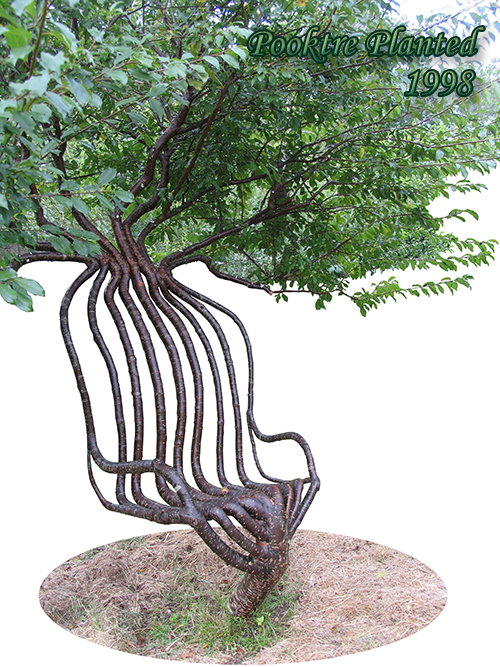 East and South East are also similar, as they share the Wood element. Here we can plant lots of trees, tall shrubs and bamboos. As the Wood element is enhanced by Water, it is also useful to have water running through these areas, and to put in some small ponds.
East and South East are also similar, as they share the Wood element. Here we can plant lots of trees, tall shrubs and bamboos. As the Wood element is enhanced by Water, it is also useful to have water running through these areas, and to put in some small ponds.The South East is ‘small wood’ so smaller plants could work well here, but there is a problem with that. In ‘Growing Gardens of Love’ I described how ideally the Garden should have about half to tree thirds of it grown with trees. Because the Water and Earth areas (4 in total) are not suitable for trees that leaves us with only 5 areas suited to trees (and South should also be quite open). So, it seems best to use this area for trees.
If we decide to put any benches here, they can be wooden or even made with living trees, like willow or another very bendy tree.
The Earth effect of stone paths and rock features have no effect of the Wood energy in this area, but to give them a positive effect we can choose brown or green stones. The rock ‘crystals’ could be a statue in a shape associated with the direction it is in (abundance and fortune for the South East; health, family etc in the East), or simple tall and slender shapes. It is best not to have much Fire tones here and try to avoid trees with strong Metal features. But I think that because trees are literally Wood, it shouldn’t be a big problem.
The Central area is special. The element here is Earth, but I learned from my Feng Shui course that because the Centre represents balance and harmony, it is best if all elements are present here, although the Earth element should be dominant. Looking back to the Chi Gate patterns, you can see that the Centre has a very special place in the pattern, as it is the core around which everything revolves, and the main entry point of the Spirit Chi[2]. Both these points suggest that the Centre of a Garden needs to be a very harmonious spot, the ‘Holy’ place of our Garden. Each family of Gardians can find their own way of creating this special place.
I would recommend keeping the elements (inside the Central area) in their Feng Shui direction of Water in the North; Earth in Centre, South West and North East; Wood in East and South East; Metal in North West and West; and Fire in the South. This means you will create a miniature copy of the whole Garden in the Centre. You could choose to use symbols or shapes of what each direction represents, the colours associated with them, or the materials themselves.
It is best not to have any tall trees (Wood) or big metal features, so as not to take away from the Earth energy.
I am thinking about putting a Chi Gate installation in the very centre with stone features in colours of the right elements combined with plants and crystals, to create a garden installation (like a little pavilion) to sit in, for meditation or meetings. The stone functions as inorganic element, the plants as organic component, with crystals to harmonise, a stone path and the features describing a knot pattern. This way the Earth element of the Centre is dominant, while all elements are still present.
 North West and West are another pair, representing the Metal element. While Metal doesn’t grow in a garden, we can use the shapes and colours associated with this direction to activate the Metal element in these directions.
North West and West are another pair, representing the Metal element. While Metal doesn’t grow in a garden, we can use the shapes and colours associated with this direction to activate the Metal element in these directions.Now as I mentioned earlier, we want to have a large part of our Gardens planted with trees. As Metal has no problem with the Wood element, we can plant trees in these two areas. I would recommend choosing trees that have white or ‘golden’ blossoms, trees that have silvery or grey leaves, trees that give round or oval fruits, trees that have oval or roundish leaves, and trees with ‘golden’ autumn colours. We can also plant in circle or oval groups. We can further add some Metal features like wind chimes, benches or sculptures representing something characteristic for these directions (friendship, fatherhood, travel in the North West; Children, creativity etc. in the West).
Here the stone paths and rock crystals bring in the enhancing effect of the Earth element. We can choose white, grey or golden coloured stones, while the rock features can again be sculptures representing their direction, or very round and oval shapes. If we want to add some colour, trees and plants could have Earth tone flowers or fruits, although it would be good to make sure that each tree has at least something to suggest a Metal connection because we are not using a lot of actual metal, so it is important to do as much as we can to show the metal connection. Be careful not to choose very hot colours, as Fire and Earth tones are similar, and Fire destroys Metal.
 And finally, we come to the South with her Fire element. While Fire is enhanced by Wood, so that we can plant some trees, Fire is also associated with the sun, strong light and heat. This means that it is important to keep the South fairly open.
And finally, we come to the South with her Fire element. While Fire is enhanced by Wood, so that we can plant some trees, Fire is also associated with the sun, strong light and heat. This means that it is important to keep the South fairly open.I would plant some trees here, perhaps creating a ‘sun trap’, where trees form a shelter from the wind while leaving the south open, creating a very warm cosy spot inside. Perhaps you could use 9 trees, as 9 is the number for the South. Then choose plants and trees that have hot coloured flowers, fruits or Autumn leaves, and plants that like it hot. See if you can place plants here that have triangular or very pointy leaves or grow in a pyramid shape.
This would also be a good direction to create a campfire or outdoor kitchen area, a place for making music and celebrating. As the South is also associated with birds (through the red Phoenix), this may also be a suitable place for the chicken coop.
With Fire being weakened by Earth, it is important to choose a reddish, yellow or orangey type of stone for the paths and the rock-crystal features. The rock features or statures could be representing music, dance, celebrations, enlightenment, a phoenix or a pyramid, to give them Fire quality. Avoid putting water features in this area if possible, because Water destroys Fire.
[1] The course I took is called ‘Diamond Feng Shui’, by Marie Diamond, purchased through ‘Learning Strategies’. What is special about the course is Marie Diamond, who is clairvoyant and so can actually see/sense the flows of Chi. This means she can verify the effectiveness of Feng Shui and the measures she recommends come from her own observations as well as her study of this ancient knowledge with Feng Shui masters.
[2] Spirit Chi to distinguish it from the element Chi we are working with in Feng Shui.

Add new comment